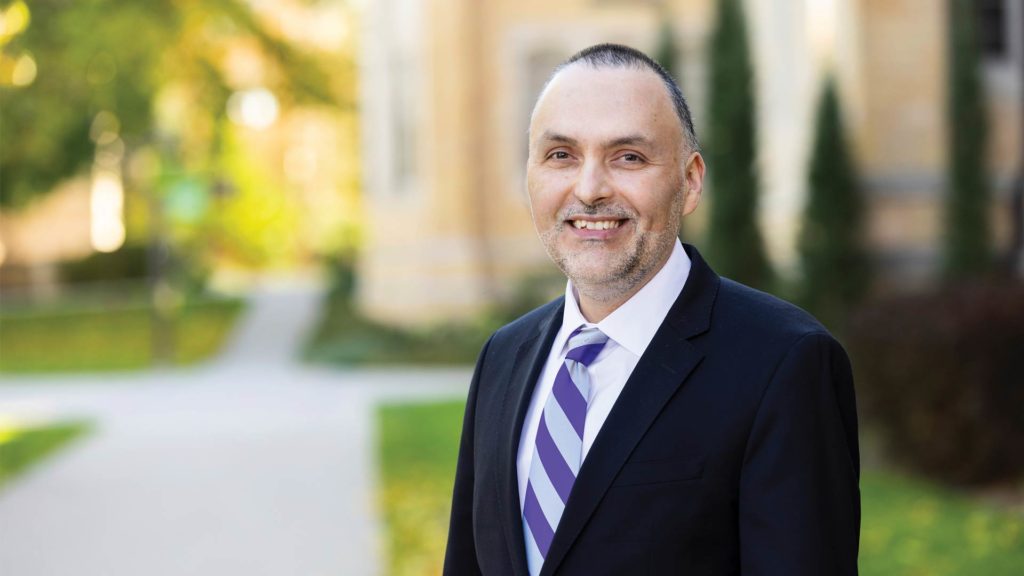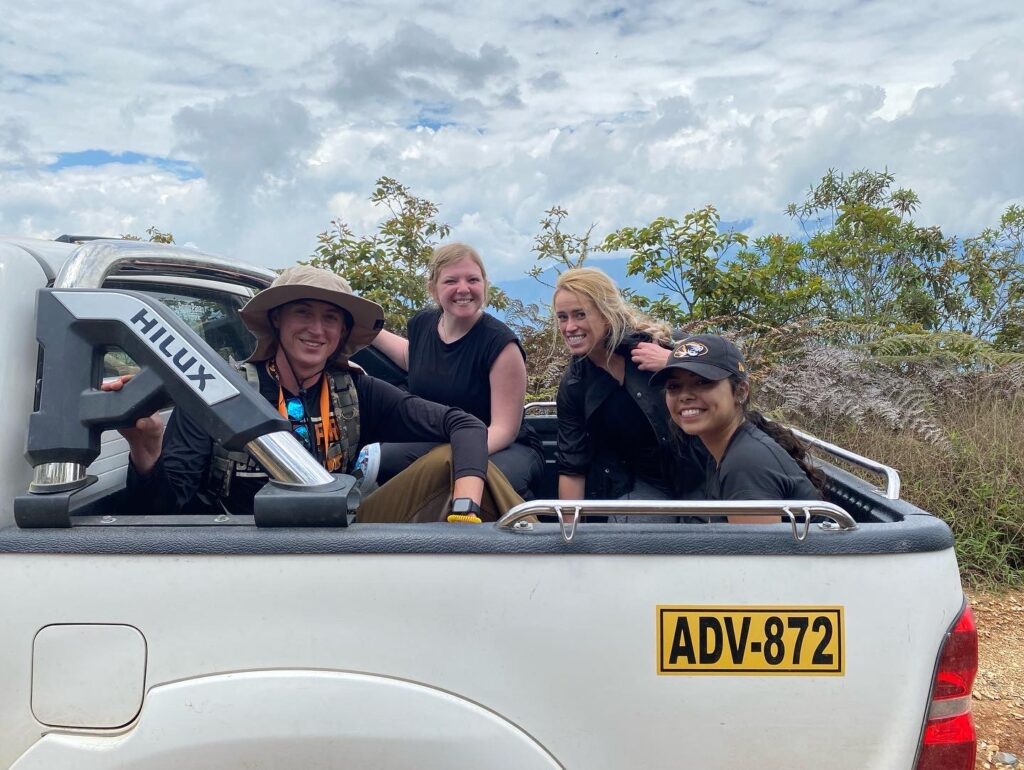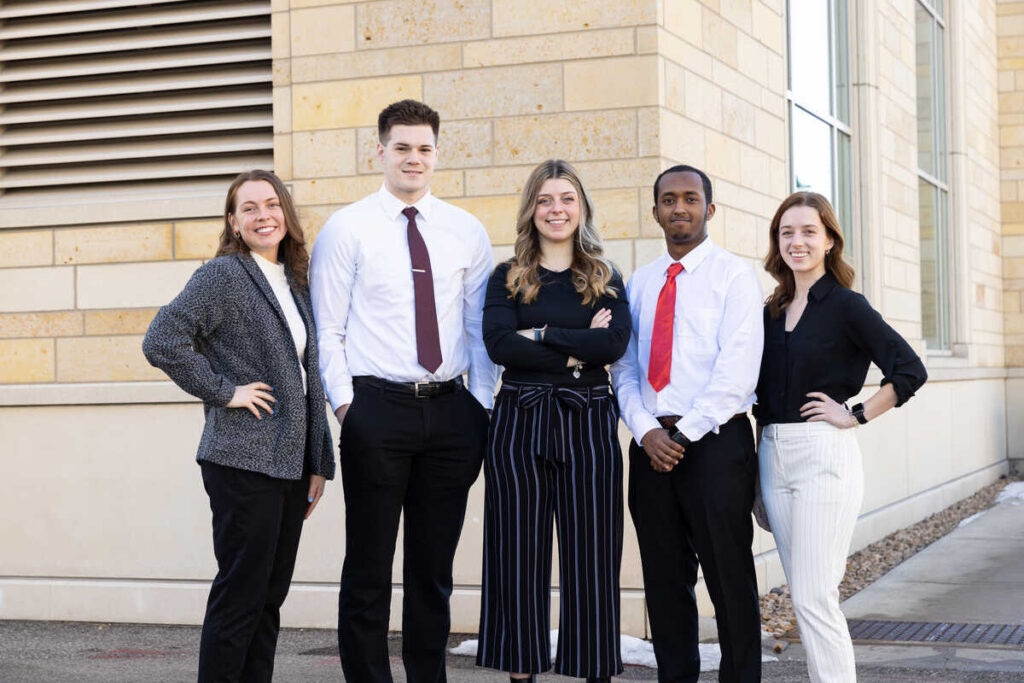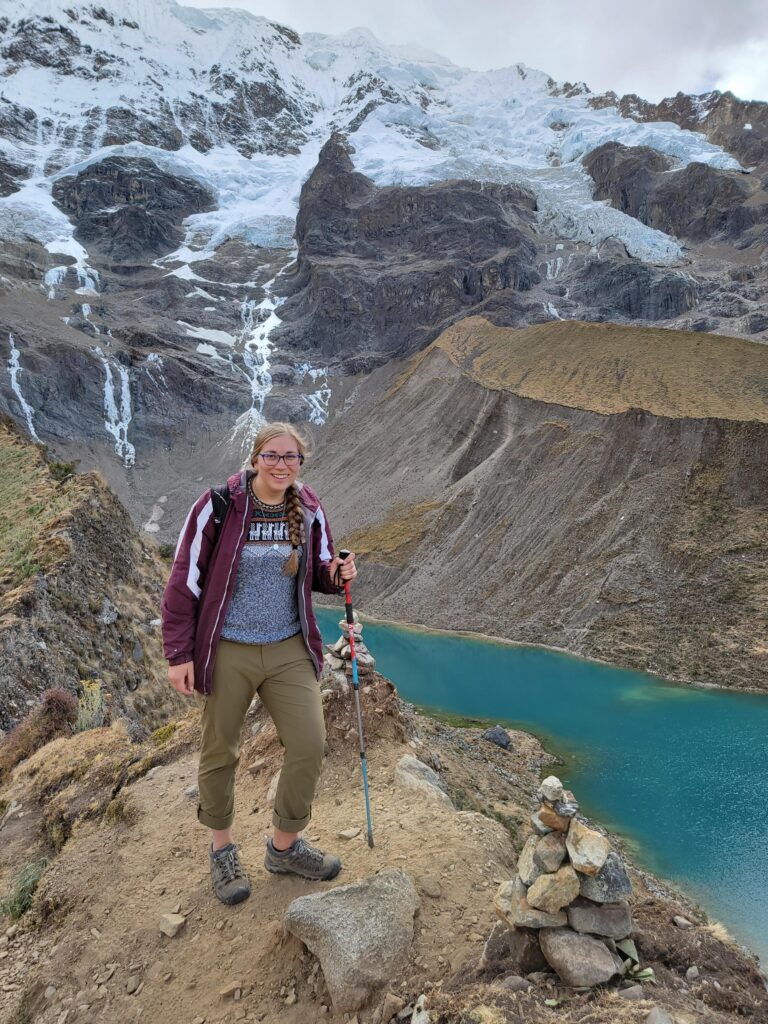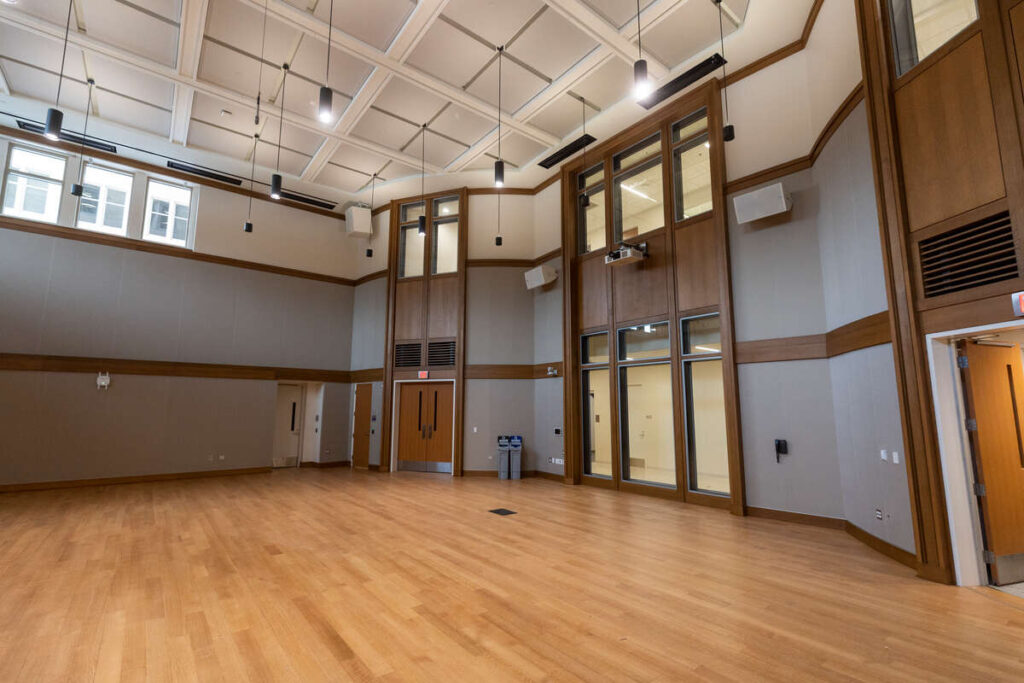Not long ago, students could simply complete a college degree and find work for the rest of their lives. But today, industry is evolving rapidly — especially engineering and technology. Now every one of us needs to retool and learn new skills about every four to five years.
How do we do that? How should we mold an innovation ecosystem to meet this need?
Of course, within our degree programs, we are updating course offerings and degree certificates to reflect the needs of both industries and students – graduate and undergraduate alike. We ensure that content is relevant and stays that way. Many times, within our universities, we try to teach the same things year after year, but in today’s environment we reevaluate what we offer on a yearly basis.
Perhaps more importantly, we are changing how we see education, expanding on the four-year degree model. We cannot assume that education ends there. Our students want more: They want to know they can return to upskill or retool a skill set completely. They want to be leaders and innovators as well, bringing these new tools and skills back to the workplace and community.
If it’s our duty to help students and community members prepare for a better career, or even a completely new one, then we must meet them where they are. For example, scheduling classes in the evening or on the weekends, limiting campus commutes to once a week, encouraging local companies to provide on-site training and experience – whatever we can do to increase convenience for our learners.
The organizing principles behind this new approach to education are based in community, not just looking at the student experience but determining how the university can help the workforce needs of our region. To that end, the University of St. Thomas has incorporated online programs and developed nuanced short courses and professional development programs, all of which are based on our conversations at various levels in a wide variety of industries.
In Minnesota, we’re fortunate to have 18 Fortune 500 companies, and we work hard to understand their needs so that we can prepare our students to fulfill them. That’s why many of our students have secured employment prior to their graduation date.
The fast pace of change means that the future belongs to those institutions that are nimble enough to stay in front of change and help define what will be next in education. We are creating an innovation ecosystem for our community and region – one that is deliberately innovative. We are creating the future of education.
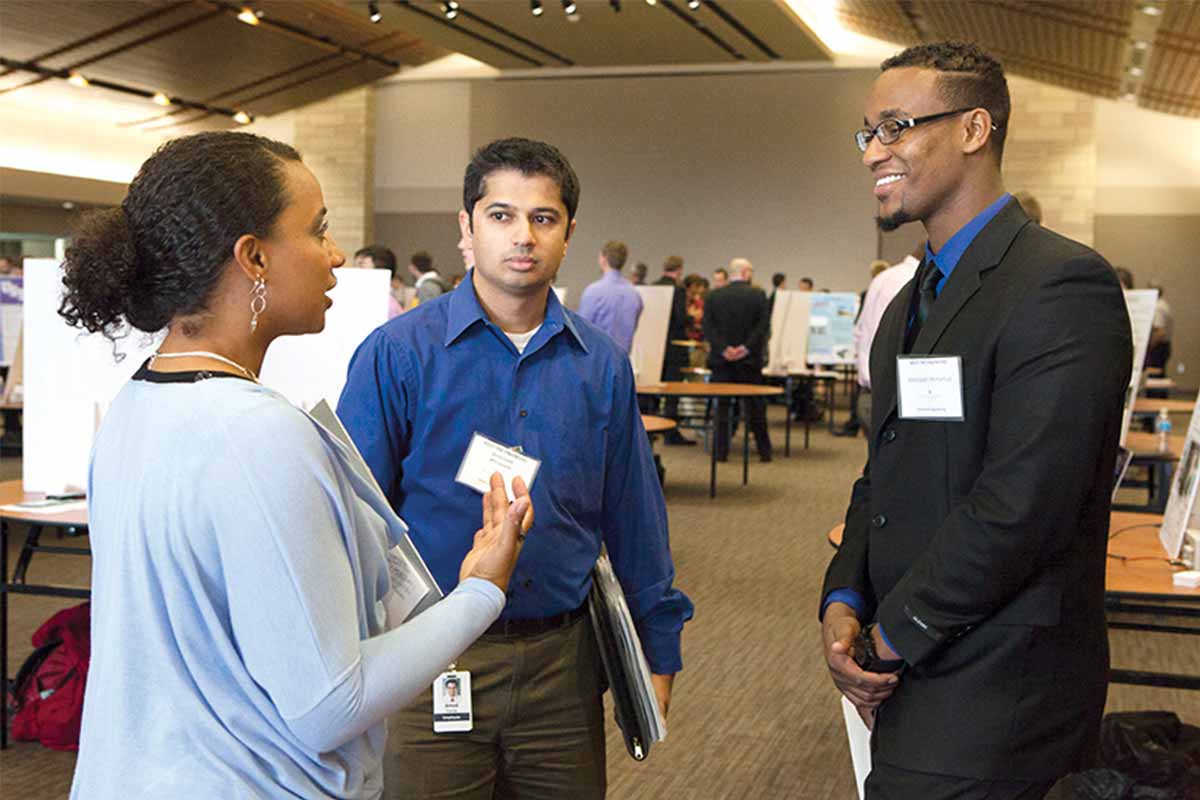

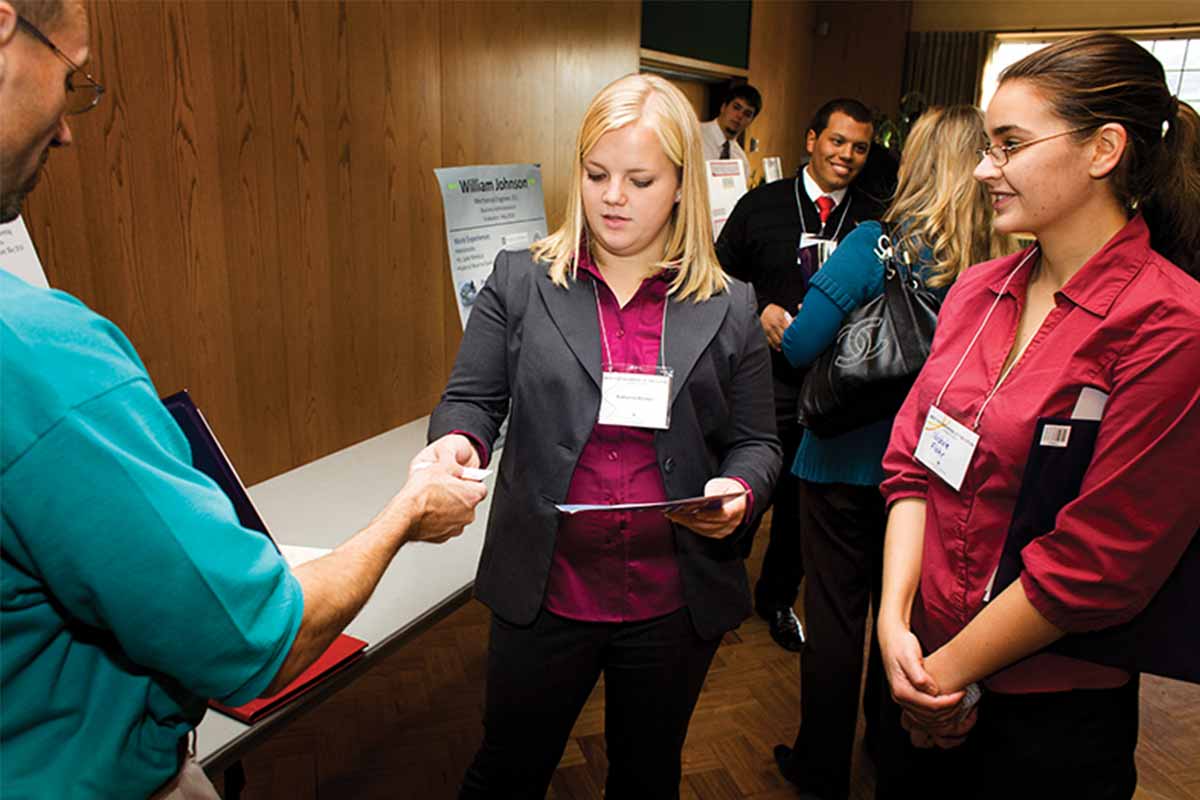
This story is featured in the spring 2022 issue of St. Thomas Engineer.

